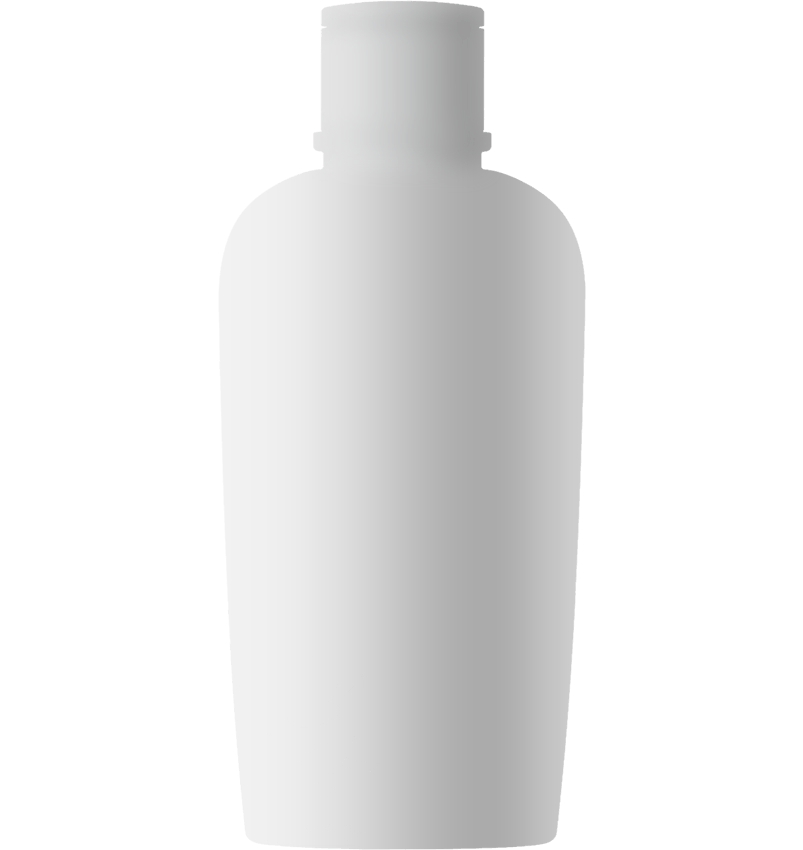Understanding Beard Transplants: A Rising Trend in Male Aesthetic Medicine
Beard transplants are gaining global popularity as men increasingly seek solutions to improve their facial hair aesthetics. Whether motivated by cultural beauty standards, professional image enhancement, or personal preferences, this procedure provides long-term results.
With high success rates and natural-looking outcomes, beard transplants address aesthetic concerns while boosting confidence and self-esteem. The procedure is suitable for creating new facial hair or filling gaps in existing beards, making it a versatile and reliable solution.
Comprehensive Surgical Procedure: Beard Transplant Detailed Breakdown
Surgical Methodology:
Beard transplants are performed under local anesthesia, ensuring a comfortable and safe experience. The procedure utilizes advanced hair transplantation techniques, such as Follicular Unit Extraction (FUE), to ensure precision, minimal scarring, and natural-looking results.




